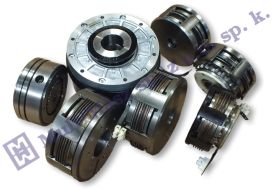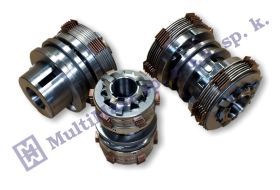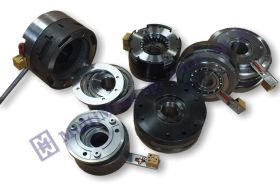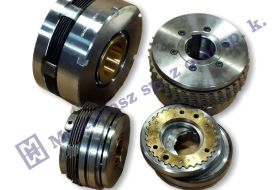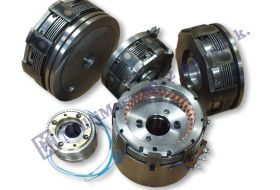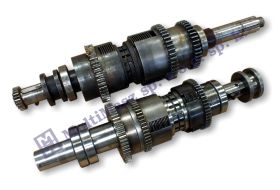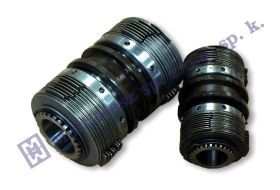How much electricity does a universal lathe draw and how can energy consumption be effectively reduced?
Category : BLOG
Universal lathes are essential tools in workshops and industrial plants. Their efficiency and reliability are crucial for everyday work, but an equally important question is: how much electricity does a lathe draw and how can its energy consumption be optimized to prevent bills from skyrocketing?
What determines a lathe’s electricity consumption?
A lathe’s energy consumption isn’t constant – it depends on many factors:
- Motor power and lathe type – more powerful lathes draw more electricity but often operate more efficiently on heavier tasks.
- Type of material being machined – stainless steel requires more energy than soft aluminum.
- Speed and operating method – operating under heavy loads or at high speeds increases energy consumption.
- Operating time and frequency of starts – motors consume the most energy at startup.
Therefore, when answering the question of how much electricity does a lathe draw, it’s worth remembering that it is influenced not only by the equipment itself, but also by how it is operated. How much electricity do lathes consume on average?
Average energy consumption depends on the type of lathe:
- Small universal lathes (e.g., for training or hobby workshops) – approximately 1–3 kW.
- Medium-power industrial lathes – in the 4–7 kW range.
- Large production lathes – even over 10 kW at full load.
For example, modern TMD 66/2000 lathes from MultiMasz feature an optimal design that allows them to maintain high performance with moderate energy consumption. This allows users to focus on production, not on electricity bills.
How to optimize a lathe’s energy consumption?
The question of how to optimize a lathe’s energy consumption is crucial for every workshop. Here are some practical ways:
- Selecting the appropriate operating mode – using speed and torque appropriate for the material being processed reduces unnecessary energy consumption.
- Regular maintenance – clean and lubricated guides and bearings reduce mechanical resistance.
- Inverter or soft starter control – enables smooth motor start-up, reducing peak power consumption.
- Intelligent work scheduling – combines tasks with similar loads and avoids frequent start-ups.
These simple principles can significantly reduce energy costs without compromising production quality.
Summary
How much electricity does a lathe consume? – The answer depends on many factors, including motor power, material type, and operating method. What is the lathe’s efficiency? – Modern models allow for high productivity with moderate energy consumption. How can you optimize a lathe’s energy consumption? – through proper operation, maintenance, and investment in energy-efficient solutions.
For companies looking for reliable equipment, the TMD 66/2000 lathes from MultiMasz are an ideal choice, combining a robust design, high performance, and energy savings.



